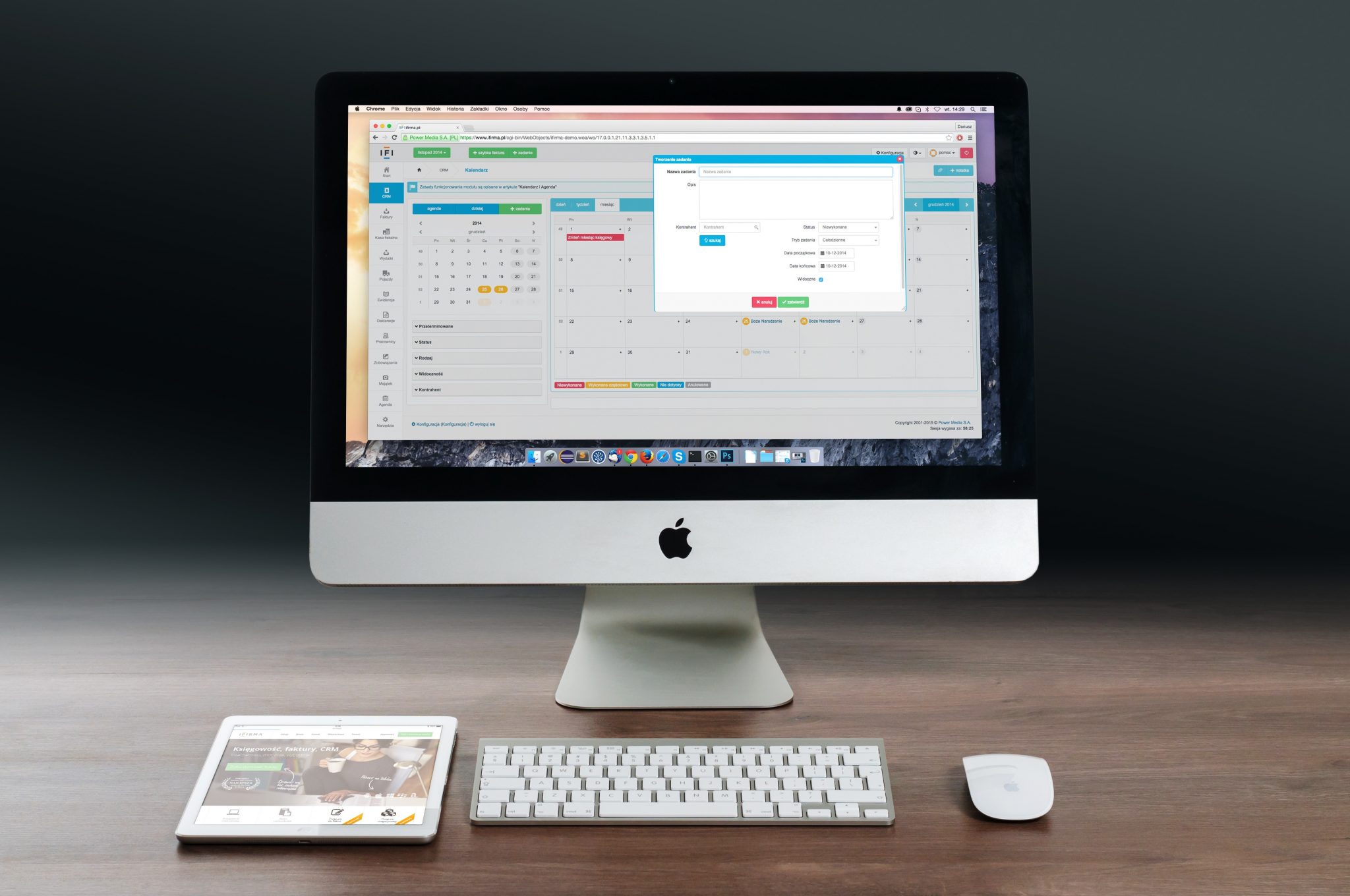
Small teams can be surprisingly powerful when given the right tools. A well-equipped team armed with helpful apps and programs can keep up the pace with larger organizations that are working inefficiently. Additionally, software programs and digital tools allow small teams to get their work done without exceeding a 40-hour workweek.
Here Are 8 Tools for Small Teams:
If you’re looking to set your team up with some new gear, you’ve come to the right place. Check out eight of the best tools for small teams and the benefits you’ll get from using them daily:
1. Appointment
When operating a business with limited staff, you want to use your resources wisely. Your goal should be to take care of your customers in the best way possible while not overextending yourself. Online appointment software is a great example of how you can accomplish this.
Take Appointment, for instance. This tool enables customers to check availability and book appointments without any assistance. This eliminates the need to have one of your team members manning the phone lines at all hours of the day, allowing them to accomplish more tasks.
2. Calendar
As a small team, one of your most valuable commodities is your time. The better your team utilizes their time, the more your business can profit. Few tools scratch the surface of what Calendar can do to optimize your team’s time management.
For starters, with Calendar you can easily share events that include the entire team and even account for differing time zones. Calendar Analytics gives you an in-depth look at how your team is using their time so you can make efficient adjustments to their schedules and practices.
3. Slack
Communication is everything for small businesses. Luckily, with a condensed organizational structure, it should be easier to communicate effectively than it is for companies with hundreds or even thousands of employees. Using a messaging platform such as Slack will make collaborative communication second nature.
Slack works by using different text channels for team members to send messages to each other. Each channel has a different function. The sales team can have their own channel where they can discuss matters that don’t pertain to the IT department. The marketing team can talk about promotional plans without flooding inboxes in the editorial department.
4. ClickUp
You can do so much better than writing to-do lists on the whiteboard of your conference room. Implement a program such as ClickUp to manage your projects with greater precision and efficiency.
ClickUp gives you different views of projects to help you better break them down. Team members are assigned different roles and assigned pieces of the project as it works its way from start to finish. Knowing and managing your team’s individual roles and tasks is a big part of creating an effective team dynamic.
5. Zoom
Startups now have the luxury of hiring new employees from all over the world. The challenge is connecting with your team when they’re spread out across the map in different time zones. While apps such as Slack will help, using a videoconferencing tool like Zoom will make interactions much more personable.
As your team connects through frequent Zoom calls, they’ll be able to communicate better than through text-based messaging alone. Sharing goals as a team is also easier when team members are able to hold face-to-face discussions with each other.
6. Square
Businesses need to get paid, and the sooner the better. Outstanding invoices are really stressful and awkward for entrepreneurs trying to make sure they’re breaking even each month. A payment tool such as Square will speed the payment process along.
The great thing about Square is that it has tools that can be used for in-person transactions as well as online purchases. You’ll be able to direct payments no matter where they come from and do so without delay.
7. Buffer
Social media is one of the greatest assets your small business has access to in today’s world. However, it’s also a difficult medium to stay on top of when you have so many other tasks to handle. Even with a small team, Buffer makes managing social media campaigns as simple as possible.
To start, you can use Buffer to schedule all of your prepared content to be posted exactly when you want to make it public. After you set your schedule, Buffer will compile analytics on your posts so you can make a better plan for your next round of content.
8. PandaDoc
Businesses have lots of documents that need to get signed. New employees have paperwork to fill out, including tax information, non-disclosure agreements, and acknowledgment of business principles and practices. Companies require signatures from clients to finalize contracts or payments. Whatever it is that needs signing, a tool such as PandaDoc will speed up the process.
Using PandaDoc, all of your signatures can be done digitally. This means you can make legal agreements with employees and customers no matter where they live. Simply send the document, and with a few clicks, the process is done.
The addition of one of these tools can make a big impact on your team’s performance, no matter how few employees you have. Even if it’s just you and a friend starting a business together, using the right tools can make the work more efficient and effective.









